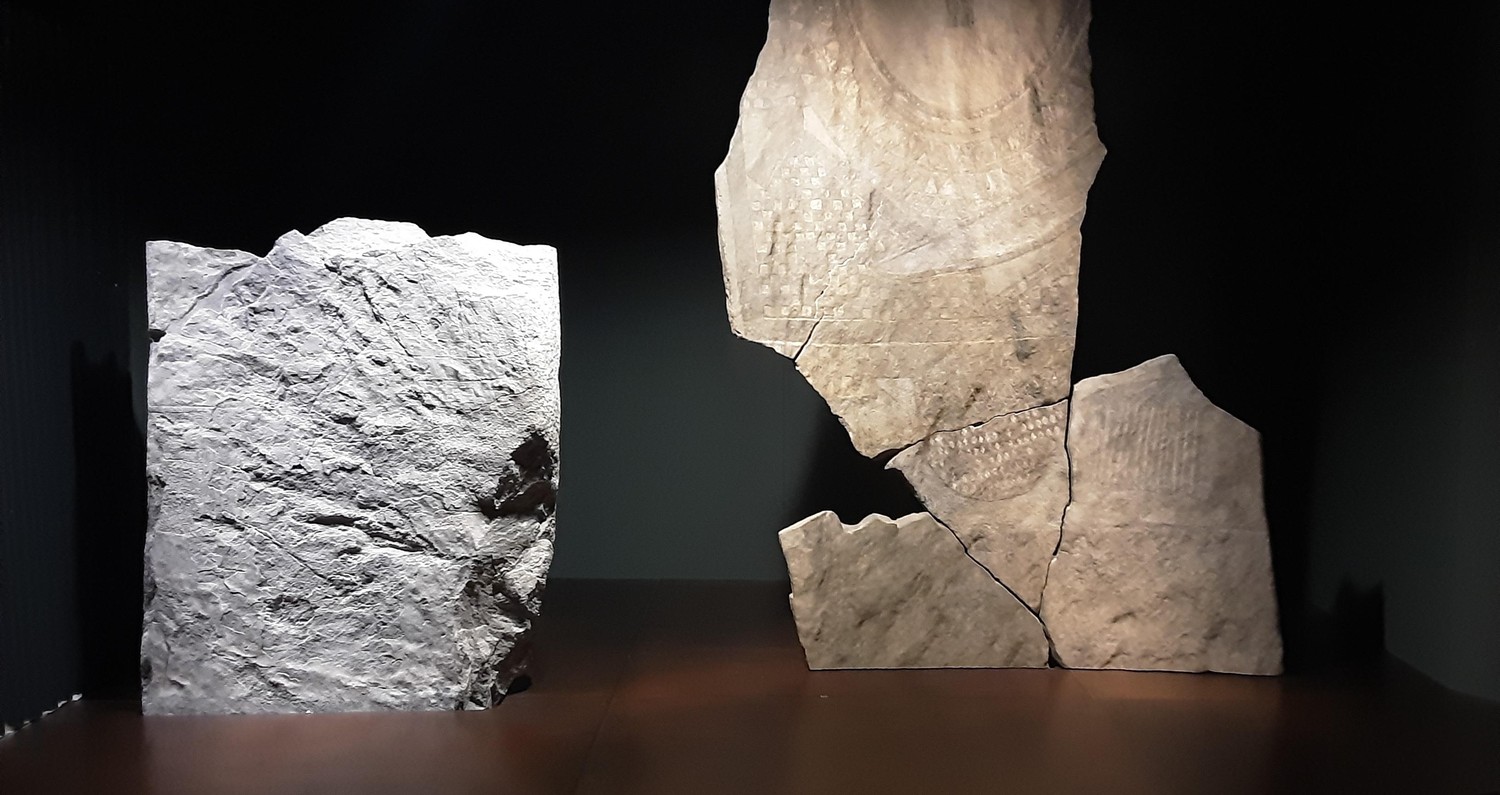
Exploring Aosta's Archaeological Sites
Area Megalitica - Megalithic area
An amazing tour during which we will visit together the Megalithic Area of Aosta, a wonderful archaeological site of international interest.
Discovered in 1969 during the construction of a number of residential buildings, the site preserves traces of human occupation from the Neolithic period to the present day.
In fact, as I will explain during our visit, the area was used for various purposes from the 5th millennium BC to the Middle Ages, and preserves traces from each period. Thanks to modern research methods, it has been possible to identify and clarify the sequence of the different settlement phases, but the most interesting remains are undoubtedly those dating from the Neolithic to the Early Bronze Age.
Further information: Via Saint-Martin-de-Corléans, 258 11100 Aosta
Opening hours: Tuesday - Sunday 10:00 am - 6 pm
Entrance fees: €7 or €5 with a tour guide from the Aosta Valley
Criptoportico Forense - Forensic Cryptoporticus
The name itself is a bit "exotic" and mysterious; we descend a few steps that lead us into a beautiful garden and then down again to suddenly find ourselves in a two-aisled gallery with an imposing central row of columns. It could be the soft lighting... but there is an atmosphere that is hard to describe... you have to come!
It was an inverted U-shaped system of galleries built by the Romans to raise and contain the terraces of the temples, but at the same time it was a place of elegant promenade where the emperors and 'VIPs' of Augusta Prætoria might have had their portraits painted or announced their initiatives for the benefit of the community. There are more than thirty in Europe, but the one in Aosta is rightly among the best preserved and, above all, the most appreciated!
Further information: Pope John XXIII Square, Aosta
Opening hours: April - September 9 a.m. to 7 p.m. October - March 10 a.m. to 1 p.m., 2 p.m. to 5 p.m.
Tickets: Cumulative Aosta Archaeological Ticket €5 per person
Teatro Romano - Roman Theatre
Past the Porta Praetoria, turn right and enter the ancient entertainment district: the astonishing façade of the Roman Theatre greets us from a height of 22 metres! The Augusta Prætoria did not have a theatre in the open air, as usual, but inside a wall, as if it were "enclosed"! The hypothesis is that it was covered, but there are still many uncertainties, even if the charm of this building is dazzling! We are in the Aosta Valley, but the traces of ancient Rome are everywhere, palpable and enveloping!
Further information: Entrance from Via Charrey near Piazza Chanoux
Opening hours: April - September 9 a.m. - 7 p.m. October - March 10 a.m. - 1 p.m., 2 p.m. - 5 p.m.
Tickets: Aosta Archaeological Ticket €5 per person
Roman Theatre is closed from 7 November 2023 to May 2025
Paleochristian church of San Lorenzo
If you have a lot of imagination, this is the place for you. An ancient early Christian basilica, not far from the main axis of the ancient city of Augusta Praetoria, testifies to the history of the city's Christian community, the early bishops, and there are still some tombs to reveal their secrets. Together with the present Collegiate Church of Saints Peter and Orso, there was a funerary church outside the city walls. It is an important excavation that has much to tell.
Further information: Piazza San Orso, Aosta
Opening hours: April - September 9 am to 7 pm, October - March 10 am to 1 pm, 2 pm to 5 pm.
Tickets: Aosta Archaeology Pass €5 per person
MAR - Regional Archaeological Museum of Aosta
The museum is located in a complex architectural context: from a convent of the Visitation in the 17th century, it was transformed into barracks in the 19th century and into a civilian housing complex after the Second World War. In the Middle Ages, the area was occupied by a fortress that included one of the towers that flanked the northern gate of the Roman city: the Porta Principalis Sinistra, the remains of which, together with a significant part of the walls and the stadium, are now part of the museum's itinerary. After many vicissitudes, the MAR was inaugurated on 15 October 2004 and renovated in 2010, with the addition of reconstructed scenography and "memory drawers" for the tactile and interpretive experience of the function of the artefacts that reproduce the exhibits in the showcases above. The aim of this redesign was to make the museum more child-friendly, but with an awareness of the adult public's appreciation of the tactile experience of the artefact replicas and the narrative language of the texts specially written to document the material described in the drawers. The museum's itinerary, both chronological and thematic, begins as a tribute to the director of the Royal Museum with a reflection on collecting. The rooms are mainly devoted to Roman civilisation, reflecting the situation in the area, where the remains of this period are particularly abundant. The presence of a model of the city on a scale of 1:200 is significant, showing not only the monumental remains but also all the public and private buildings found during archaeological excavations.
Further information: Roncas Square, Aosta
Opening hours: April - September 9 a.m. - 7 p.m. October - March 10 a.m. - 1 p.m., 2 p.m. - 5 p.m.
Tickets: cumulative ticket for Archaeological Aosta €5 per person
Porta Praetoria
The shops in Via Sant'Anselmo lead us to the discovery of Porta Praetoria, one of the few Roman double city gates with a central courtyard. It has only recently been uncovered in its entirety, and you can appreciate its size once again by crossing it on footbridges anchored to today's road. Imagining the original scenic effect, it is easy to understand the excitement that must have inspired this "little sister" of Rome at the foot of the Alps!